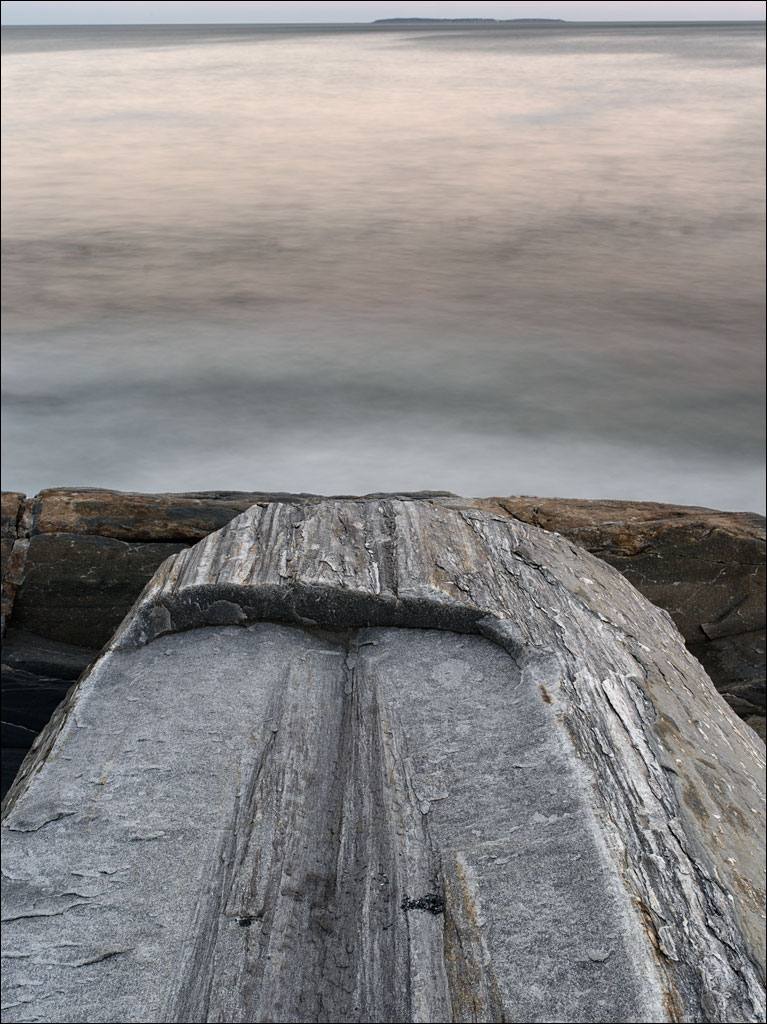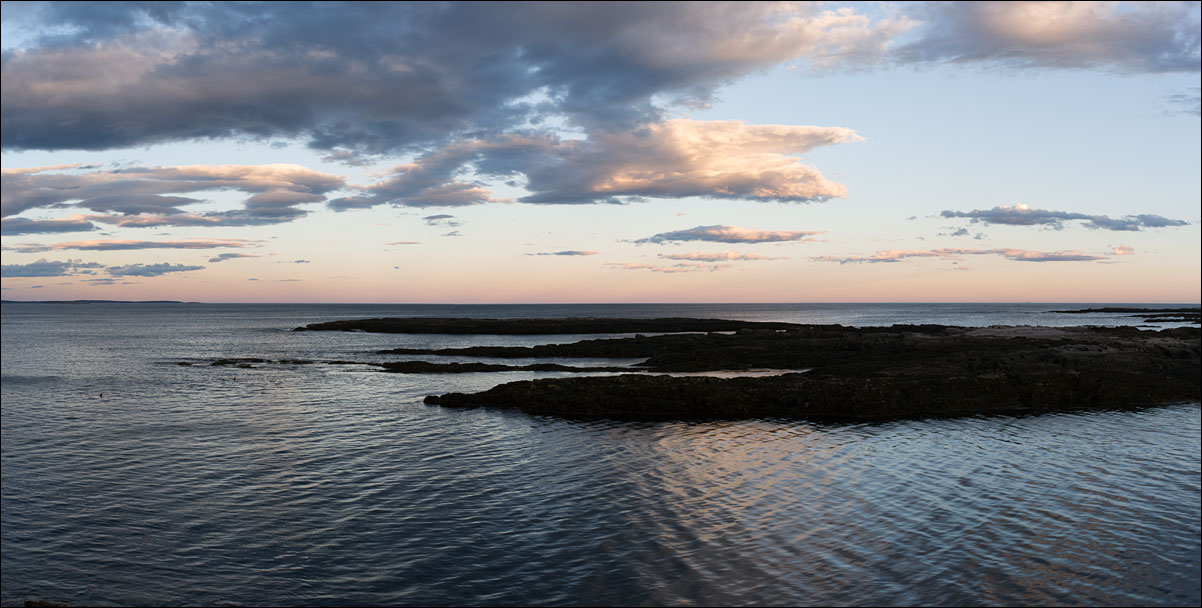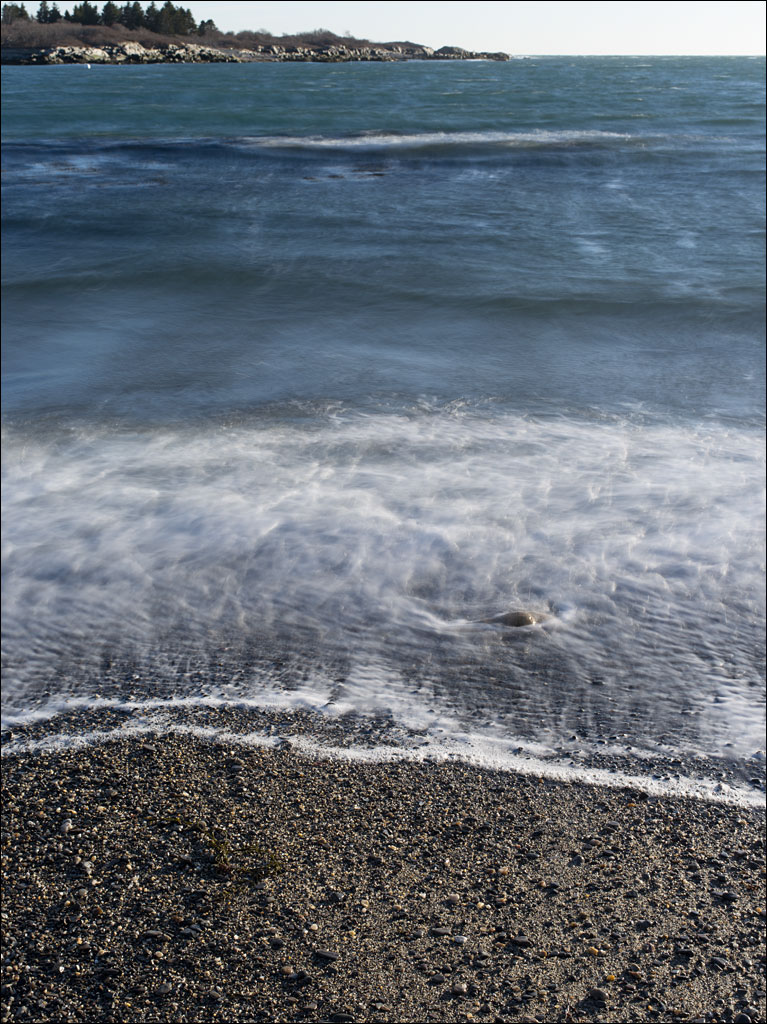 Little Moose Island, Acadia National Park. Click on the image for a larger view.
Little Moose Island, Acadia National Park. Click on the image for a larger view.
Category Archives: Maine Coast
The Shining Sea
Ocean Swells
Small Cranberry
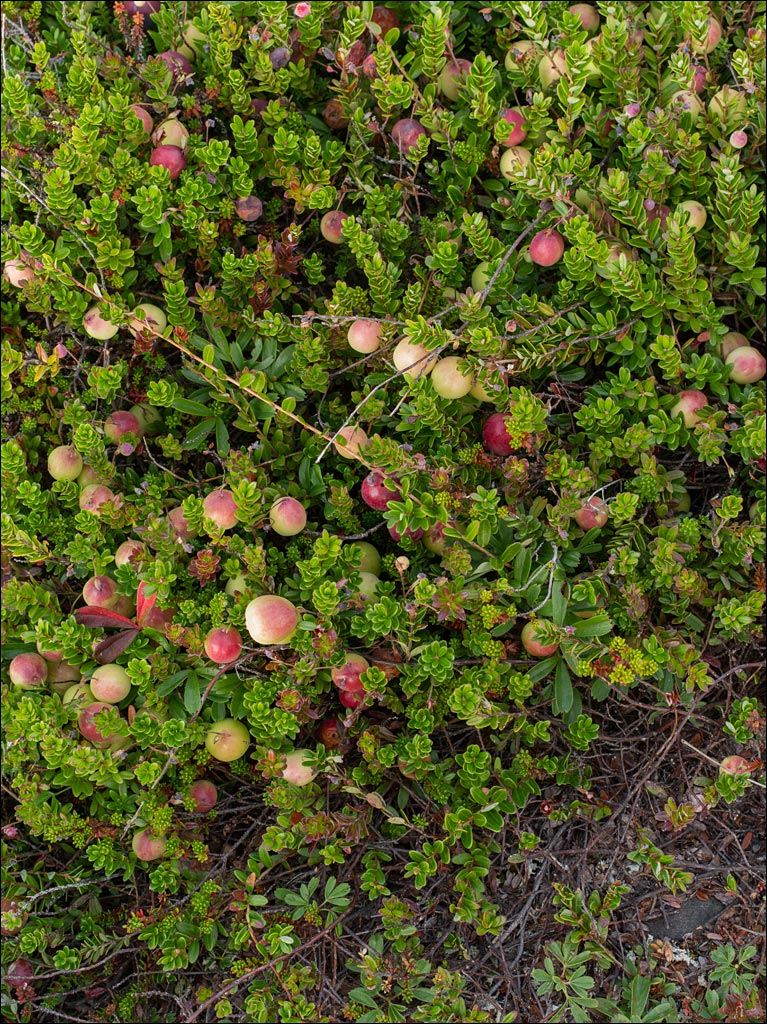 Small cranberry, Vaccinium oxycoccos, can be found in peat or acidic soils, which gives it its other common name, bog cranberry. This is one of the first plants to colonize burnt bogland and native Americans would burn bogs to stimulate its growth. Like the cultivated cranberry, these are tart. Naturally, this fruit is sought after by wildlife. This plant is on Little Moose Island at the tip of Schoodic peninsular in Acadia National Park. Click on the image for a larger view.
Small cranberry, Vaccinium oxycoccos, can be found in peat or acidic soils, which gives it its other common name, bog cranberry. This is one of the first plants to colonize burnt bogland and native Americans would burn bogs to stimulate its growth. Like the cultivated cranberry, these are tart. Naturally, this fruit is sought after by wildlife. This plant is on Little Moose Island at the tip of Schoodic peninsular in Acadia National Park. Click on the image for a larger view.
Dog Days of Summer
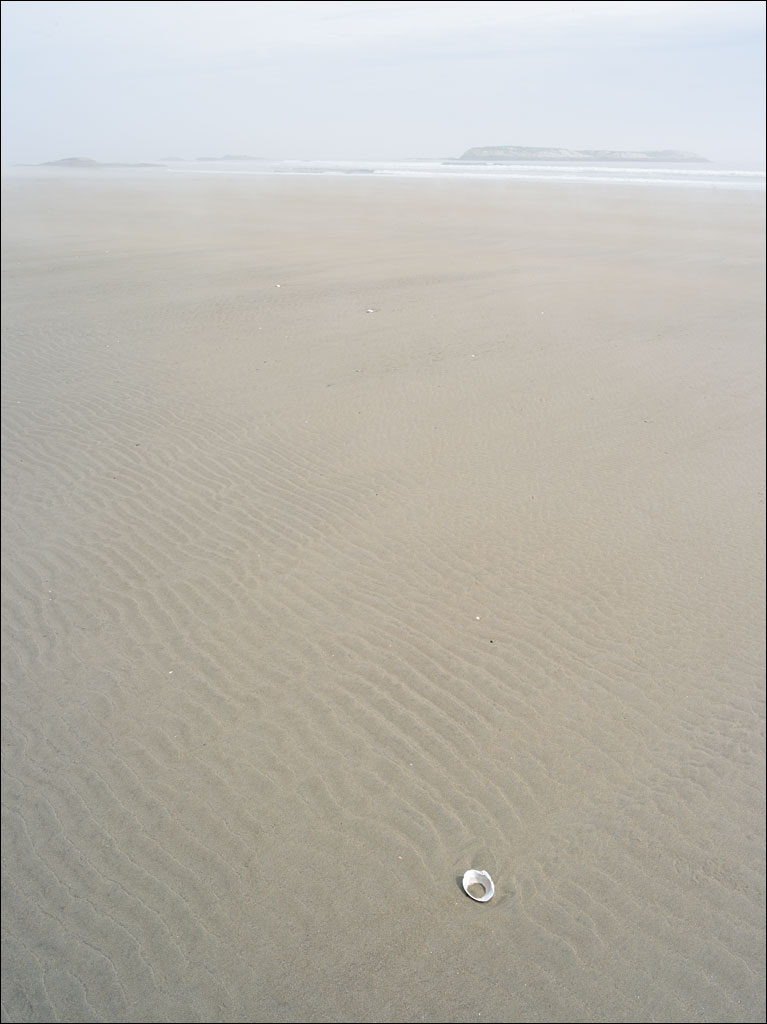 We have had a stretch of hot, humid weather. This is tough on Mainers as we don’t have air conditioning to escape the muggy days. Still, knowing what others south of us suffer, it is hard to complain (not that Mainers ever complain, least of all about the weather). Click on the image of Sea Wall Beach in Phippsburg, ME for a larger view.
We have had a stretch of hot, humid weather. This is tough on Mainers as we don’t have air conditioning to escape the muggy days. Still, knowing what others south of us suffer, it is hard to complain (not that Mainers ever complain, least of all about the weather). Click on the image of Sea Wall Beach in Phippsburg, ME for a larger view.
Black Rock
Art Meets Science
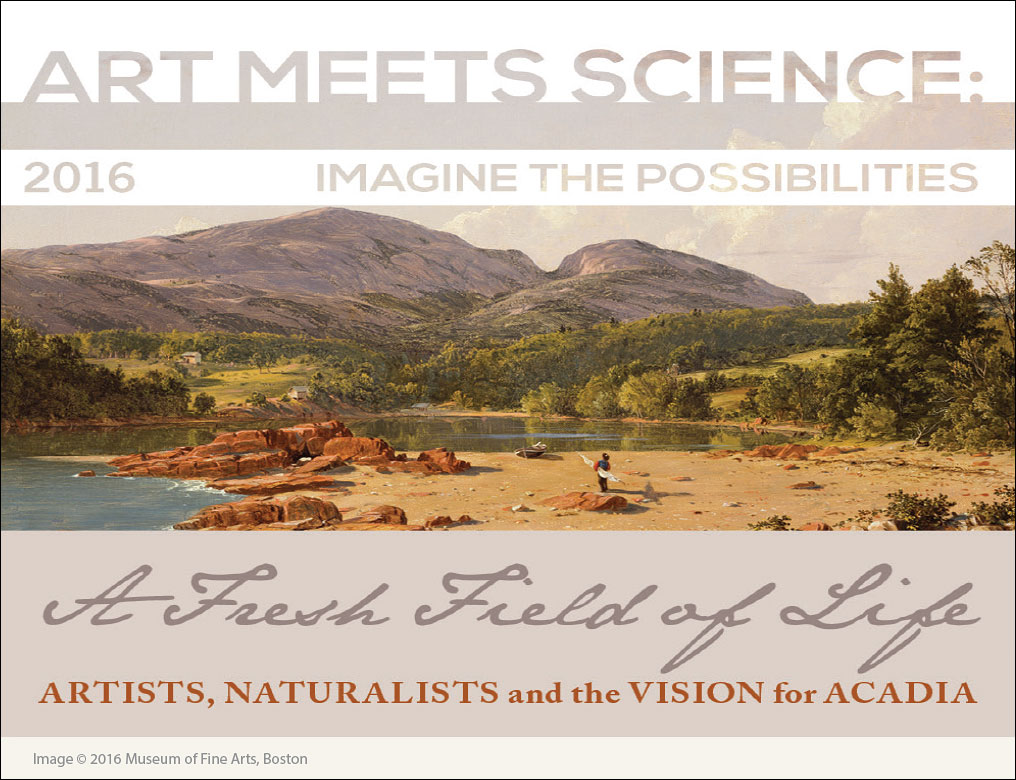 I have a photograph in the MDI Biological Laboratory’s Art Meets Science exhibition that is running from June 20th to September 30th. This is coinciding with the centenary of the founding of Acadia National Park. If you are visiting Mt. Desert Island this summer, stop by this remarkable scientific and educational facility. More on the exhibition and MDI Biological Laboratory can be found here.
I have a photograph in the MDI Biological Laboratory’s Art Meets Science exhibition that is running from June 20th to September 30th. This is coinciding with the centenary of the founding of Acadia National Park. If you are visiting Mt. Desert Island this summer, stop by this remarkable scientific and educational facility. More on the exhibition and MDI Biological Laboratory can be found here.
Depth
Barren Landscape
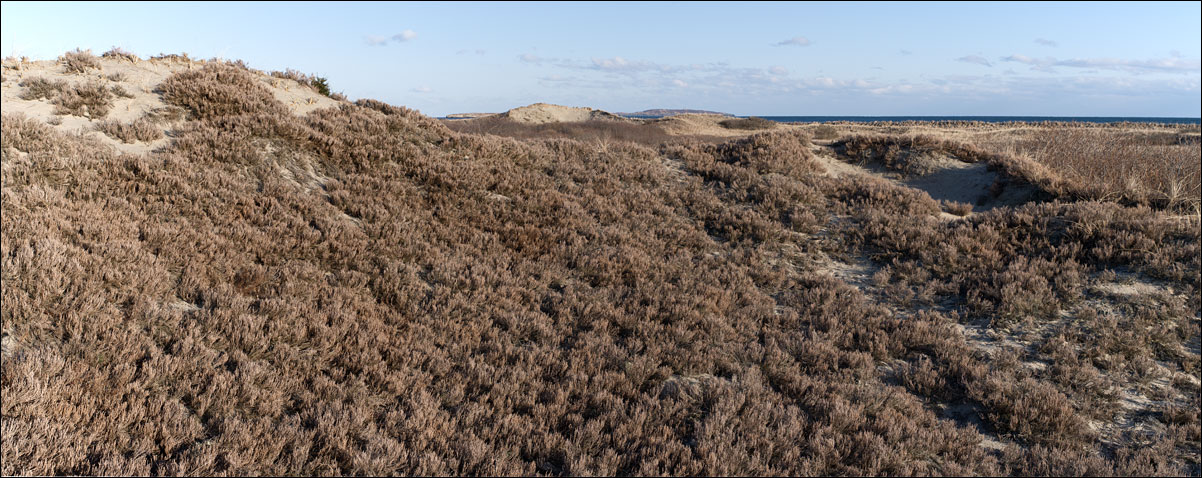 The dunes along Seawall Beach at Bates Morse-Mountain Conservation Area. Winter holds the landscape in stasis. Click on the image for a larger view.
The dunes along Seawall Beach at Bates Morse-Mountain Conservation Area. Winter holds the landscape in stasis. Click on the image for a larger view.
I have recently been around conversations in art, and in particular, photography. One conclusion I keep taking away about our art world seems to be a boredom with the world and its beauty. Photography seems to echoing our narcissistic times by making statements about itself; declaring itself a fiction and fetishizing this revelation. And when it does look at the world, it is to exploit it as a freak show or to confuse banality with profundity.
Or is our wider culture simply bored with the world? Like adrenaline junkies, we seek out novelty, something weird or strange. If there is nothing that gets our immediate attention, do we move on? Has the norms of advertising conditioned us into wanting instant recognition, instant gratification?
Sand is the detritus of the land. Having been reduced to such a fine state, the wind and water control its destiny. Yet, plants have evolved to exploit this unlikely environment. Invading it. Holding the shifting ground in place. And when dormant in winter, this organic colony continues its grip. Even when it trades its summer green for brown, it is beautiful.
Waiting for Summer
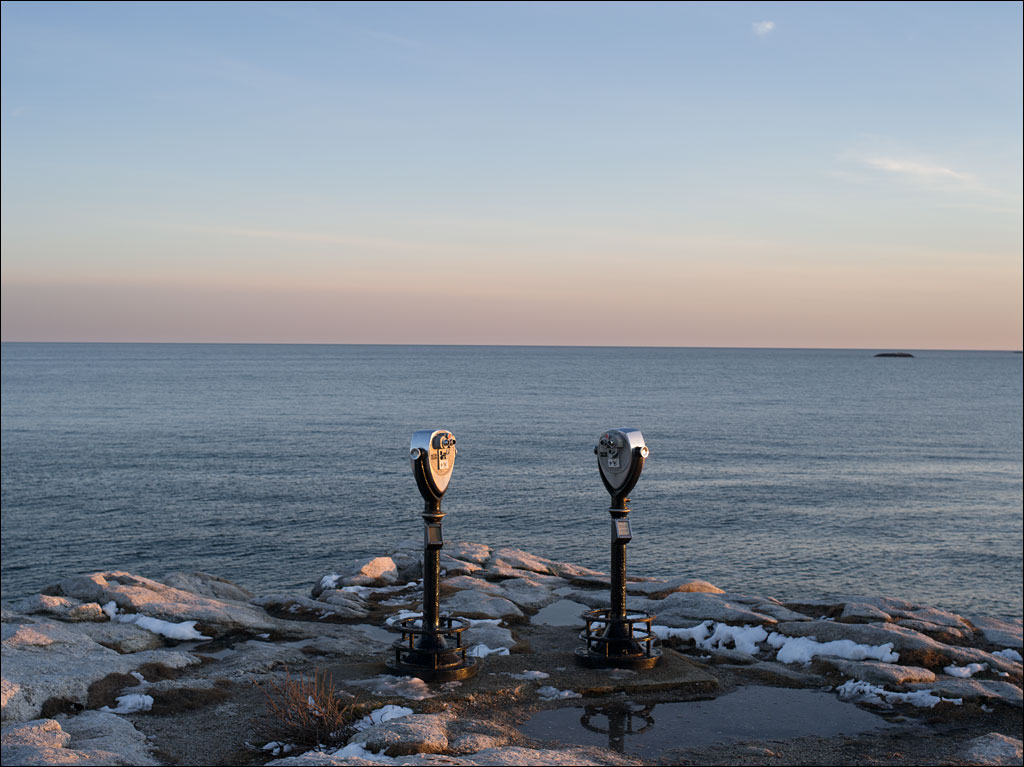 Maine is quiet in winter—presumably, everyone has gone to Florida. Throughout the State, you can see evidence of the activity that takes place in the summer. These binoculars keep watch on Griffith Head in Reid State Park. Click on the image for a larger view.
Maine is quiet in winter—presumably, everyone has gone to Florida. Throughout the State, you can see evidence of the activity that takes place in the summer. These binoculars keep watch on Griffith Head in Reid State Park. Click on the image for a larger view.

